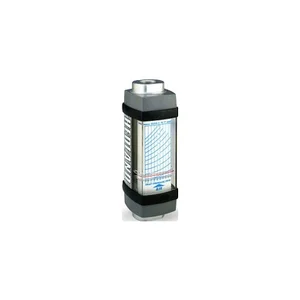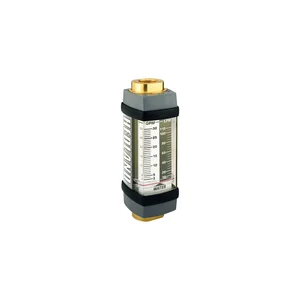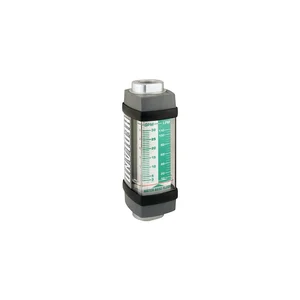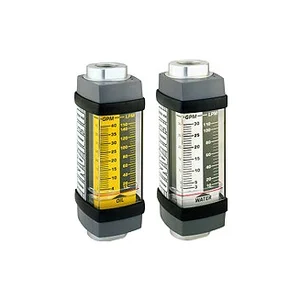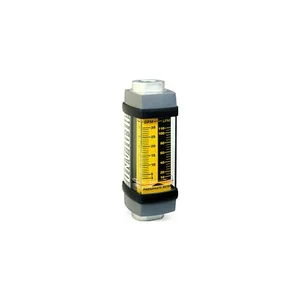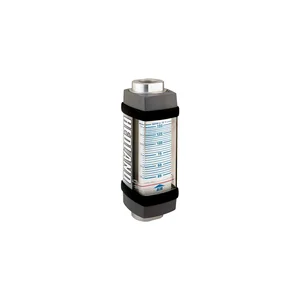معرفی
تامین کننده
جزيیات
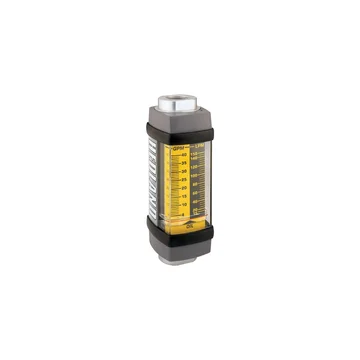
Hedland Flow Meter for Petroleum Fluids
قیمت حدودی:
29,960,000 تومان
به دلیل سفارشی بودن کالاها و نوسانات قیمت ارز، قیمتها حدودی بوده. لطفا برای اطلاع از قیمت بروز کالا استعلام بگیرید.
تامین کننده

یاران صنعت فجر
ارسال به سراسر کشور
ضمانت اصالت و سلامت فیزیکی کالا
در مورد این محصول
Description / توضیحات
Features
- Direct reading
- Install in any position
- 360° rotatable guard/scale
- Easier-to-read linear scale
- No flow straighteners or special piping required
- Relatively insensitive to shock and vibration
- Good viscosity stability
- Temperature range options:
- Standard -20 to 240°F (-29 to 116°C)
- High temperature up to 500°F (260°C)
- Accuracy ±2% full scale
- Repeatability ±1%
- Calibrated for 0.876 S.G.
Attachment / فایل ضمیمه
Hedland High Temperature Flow Meter for Petroleum Fluids Datasheet PDF
Flow-Alert Flow Switches and Flow Transmitters for Petroleum Fluids PDF
Hedland High Temperature Flow Meter for Petroleum Fluids Pressure Drop Chart PDF
Hedland Flow-Alert Flow Switch Manual
Hedland MR Flow Transmitter Manual
Hedland High Temperature Flow Meter for Petroleum Fluids Manual PDF
محصولات مشابه
ارسال به سراسر کشور
ضمانت اصالت و سلامت فیزیکی کالا
زمان تحویل:8 هفته
برای تکمیل استعلام به سبد استعلام مراجعه کنید.
در مورد این محصول


